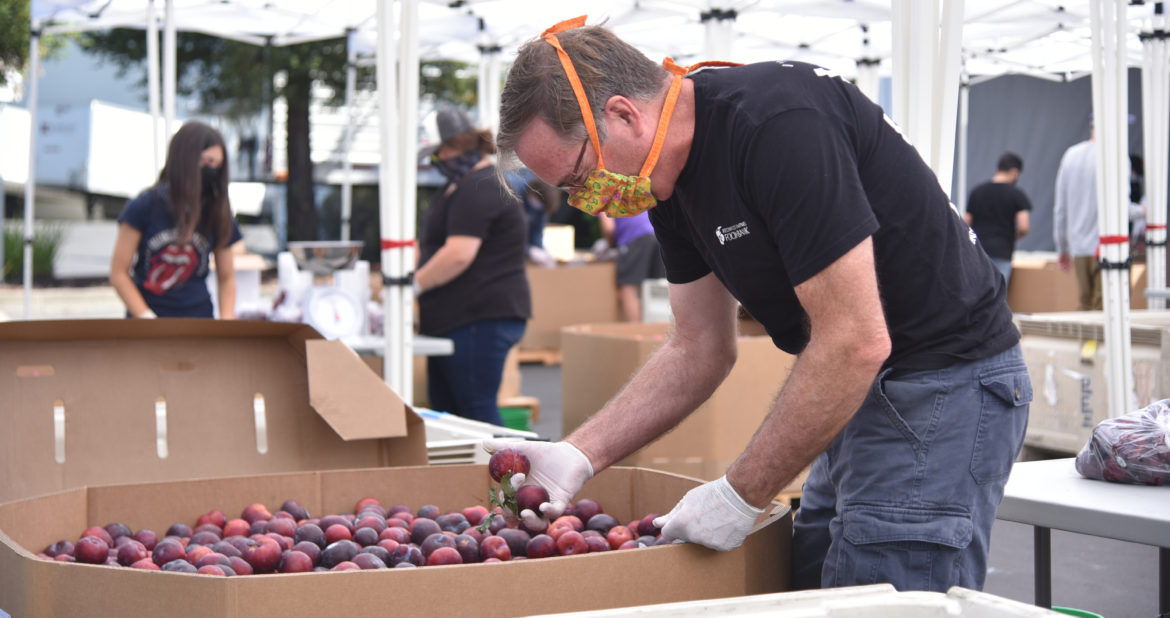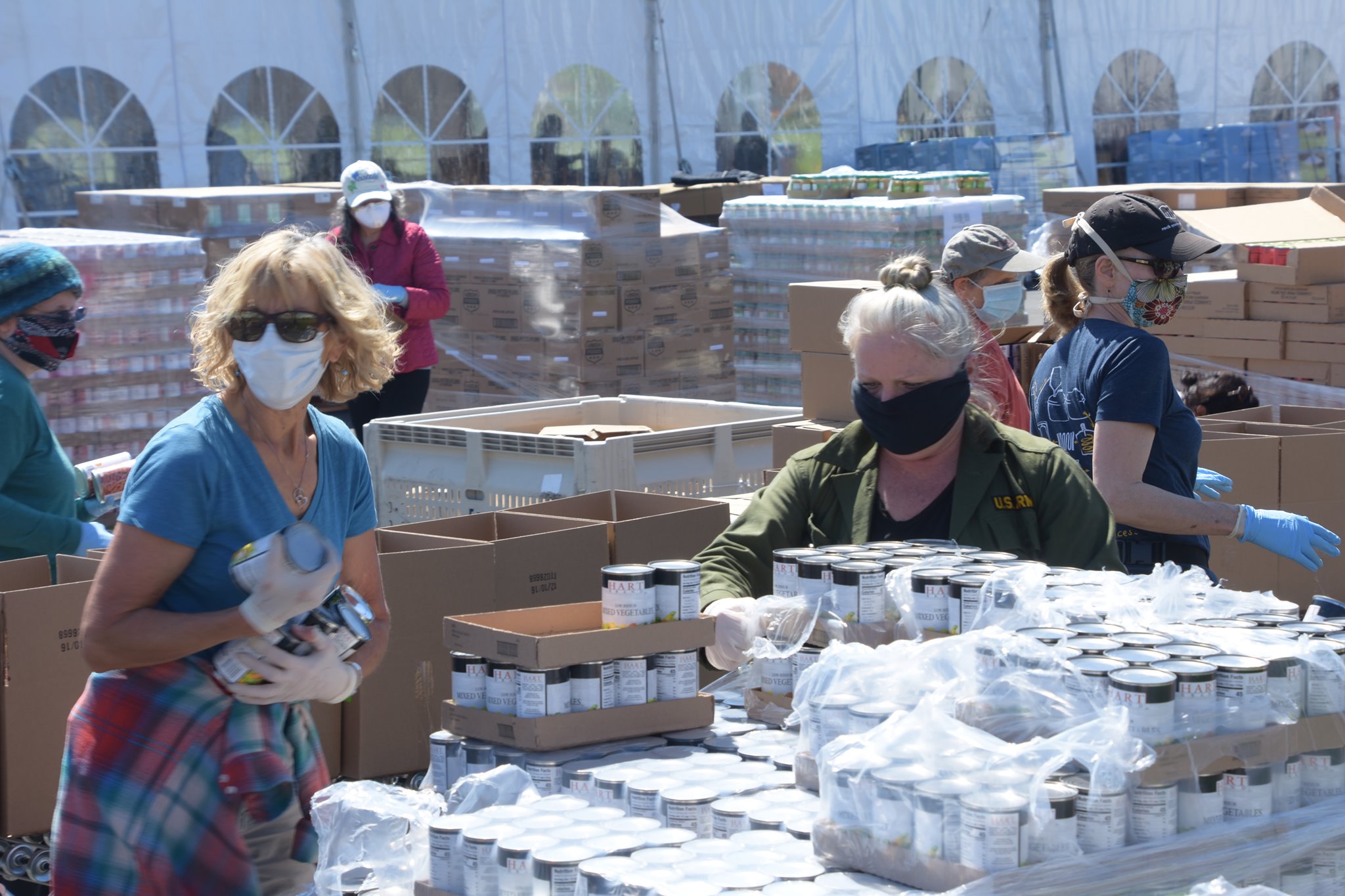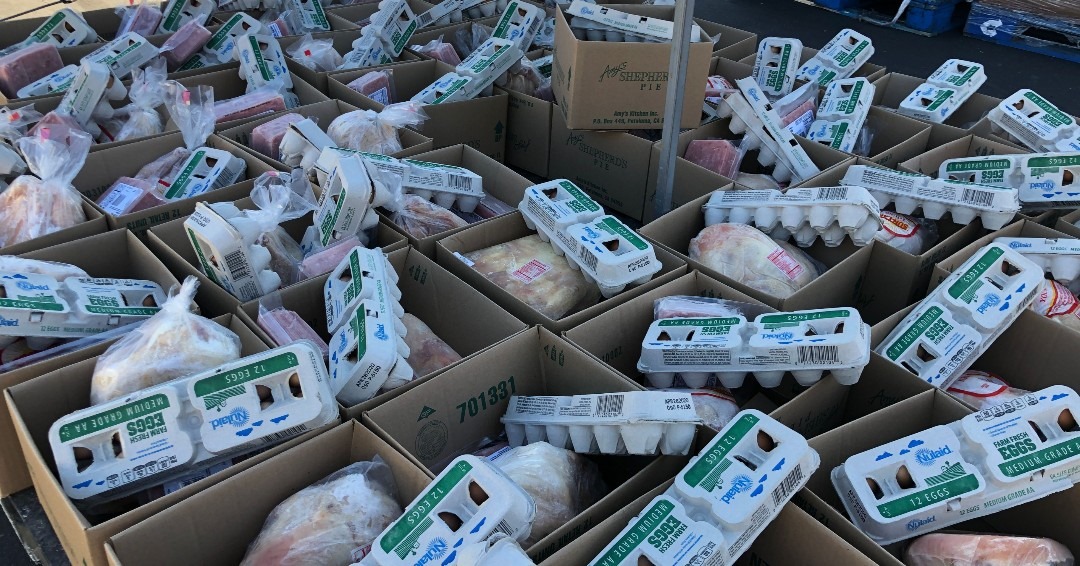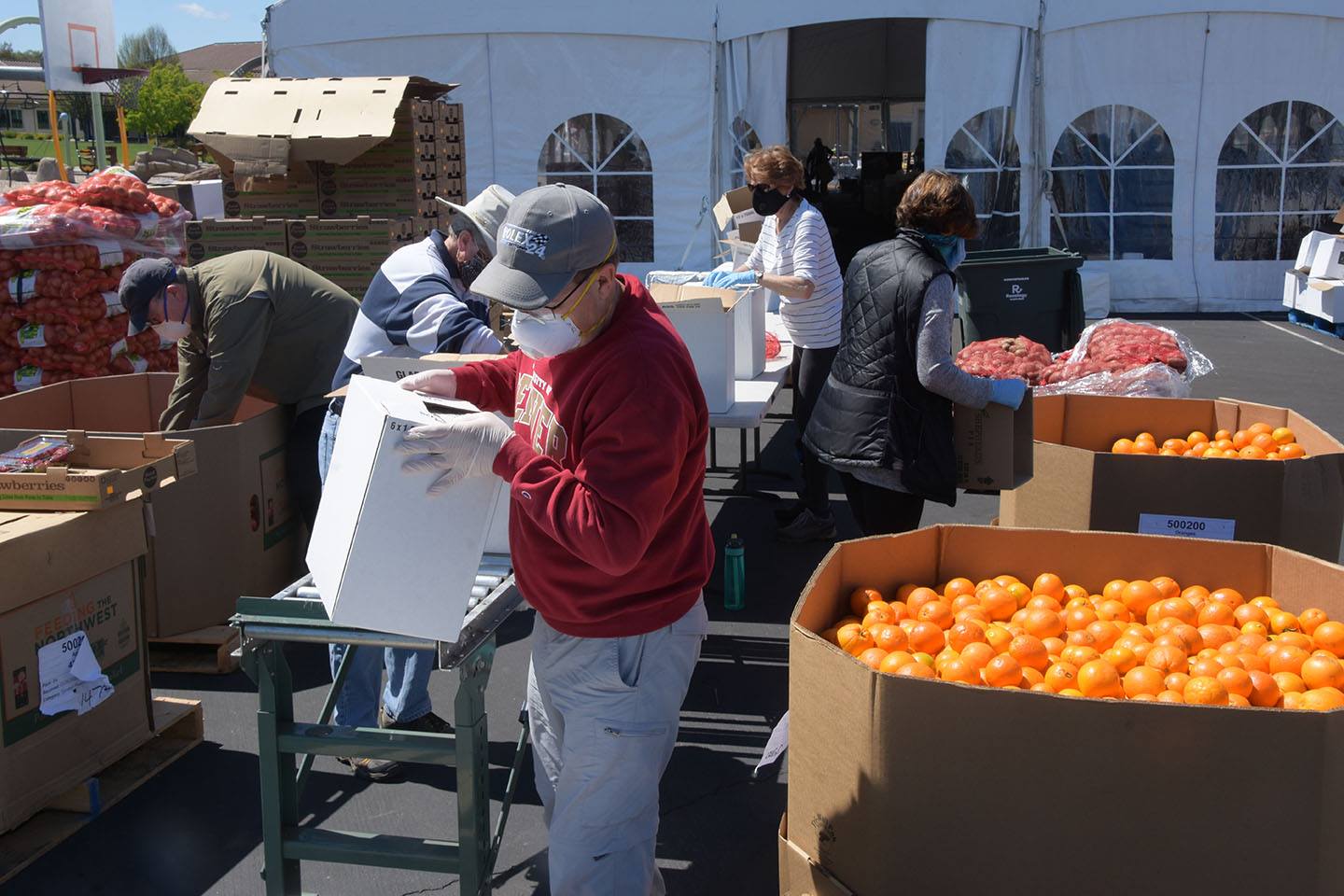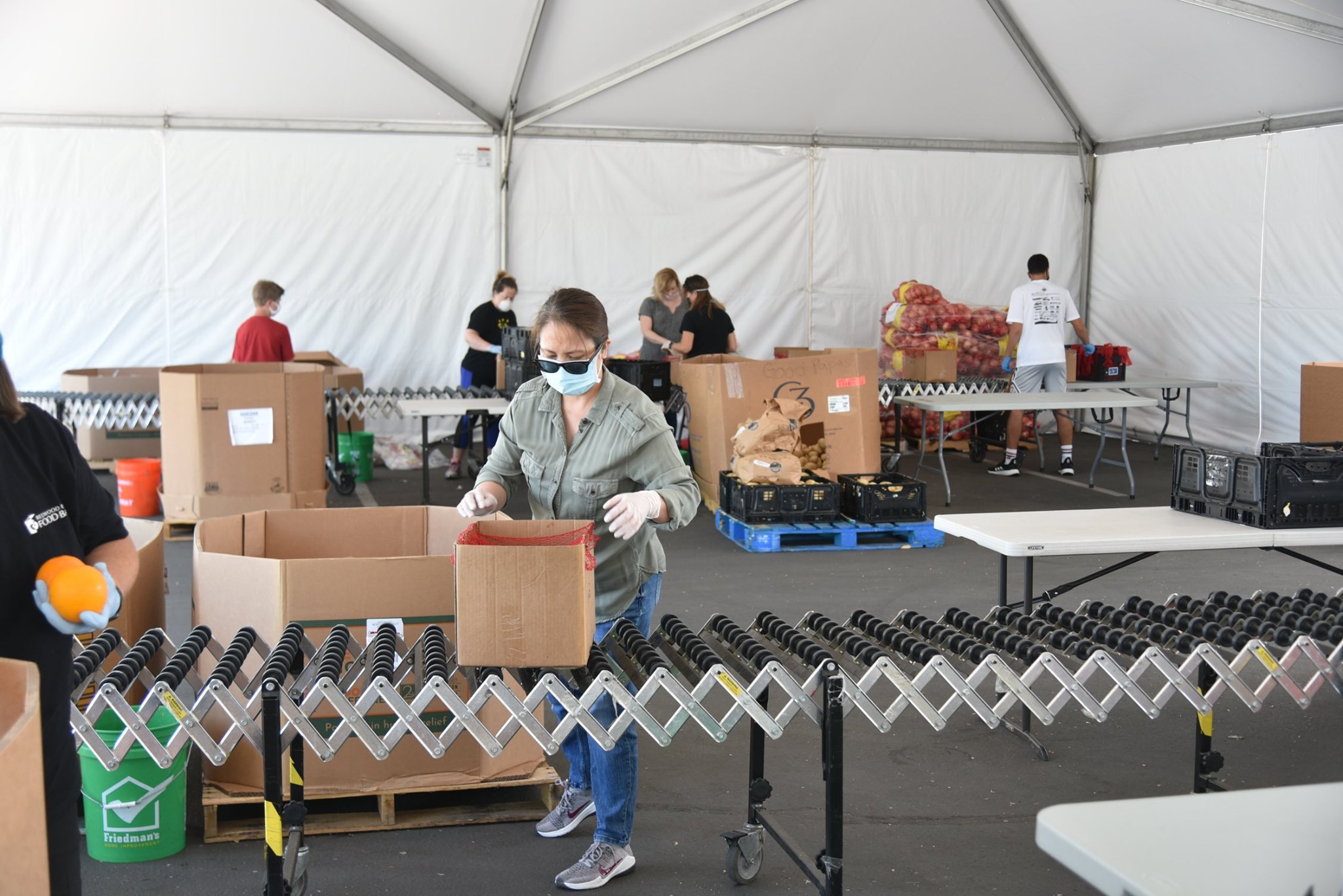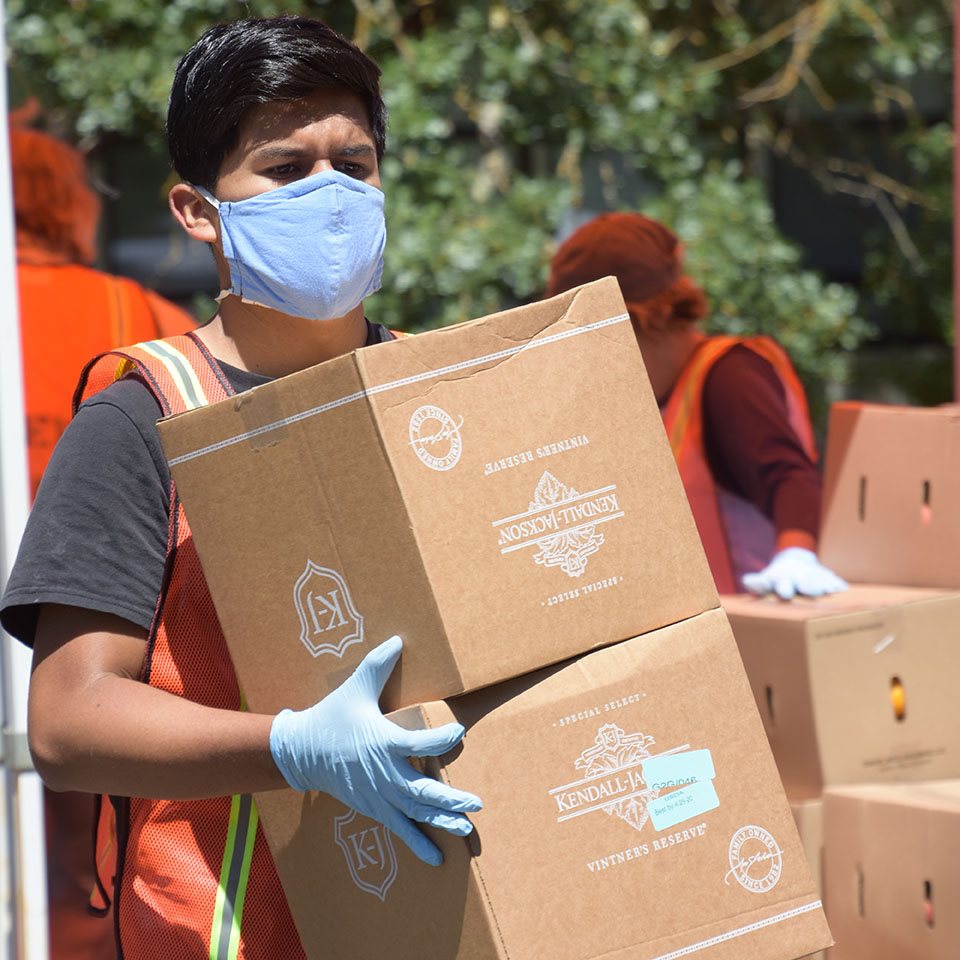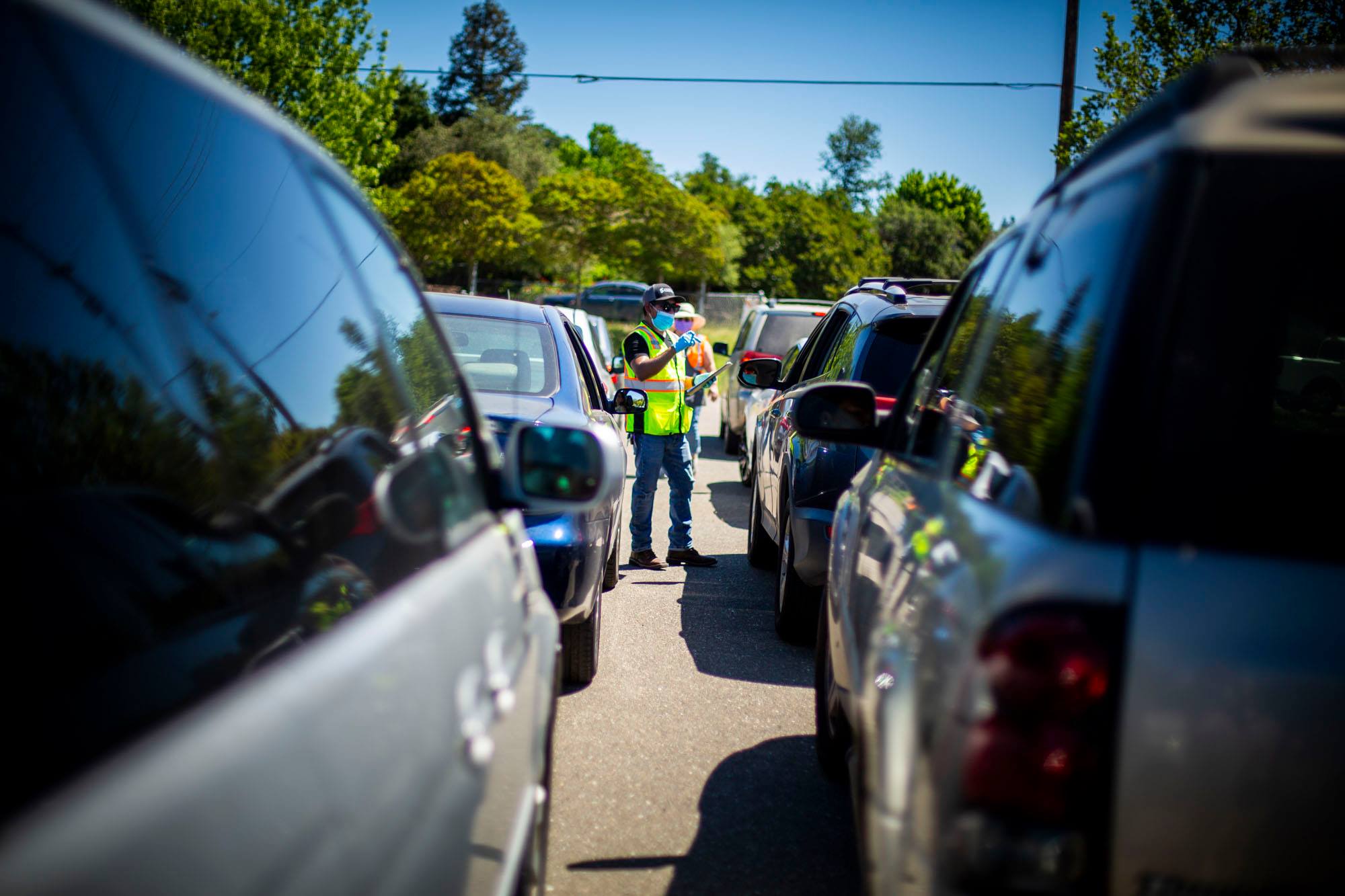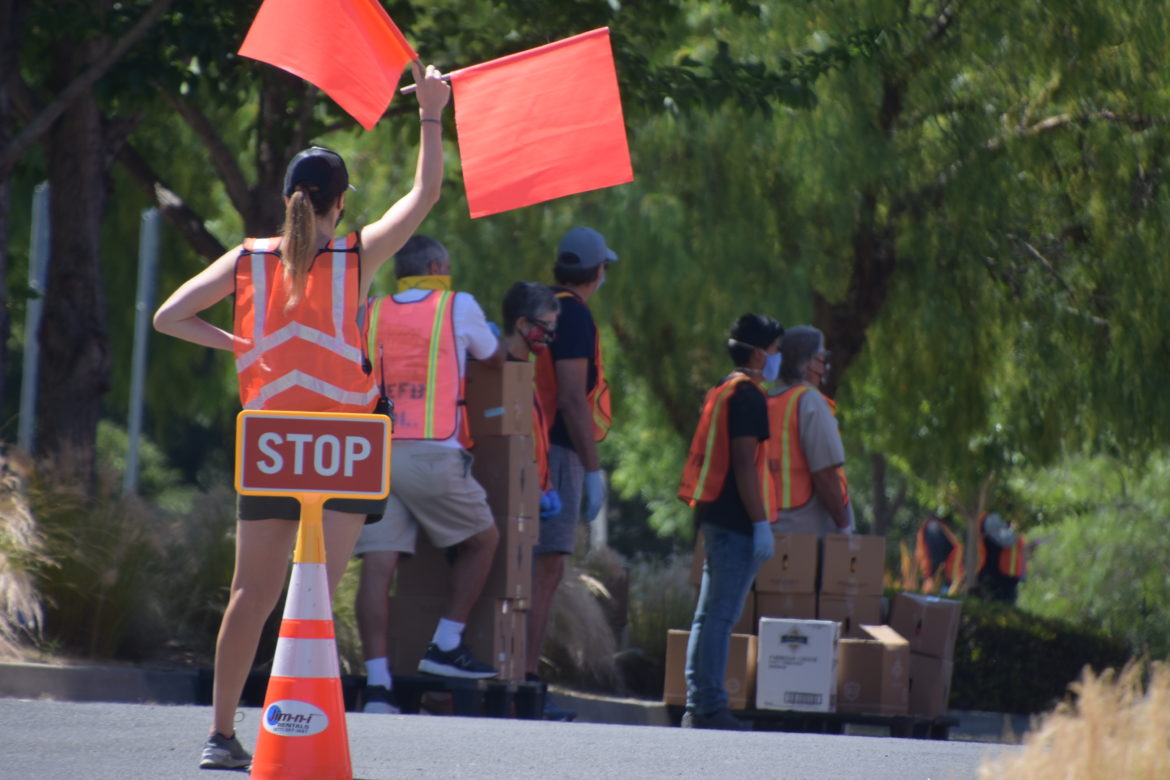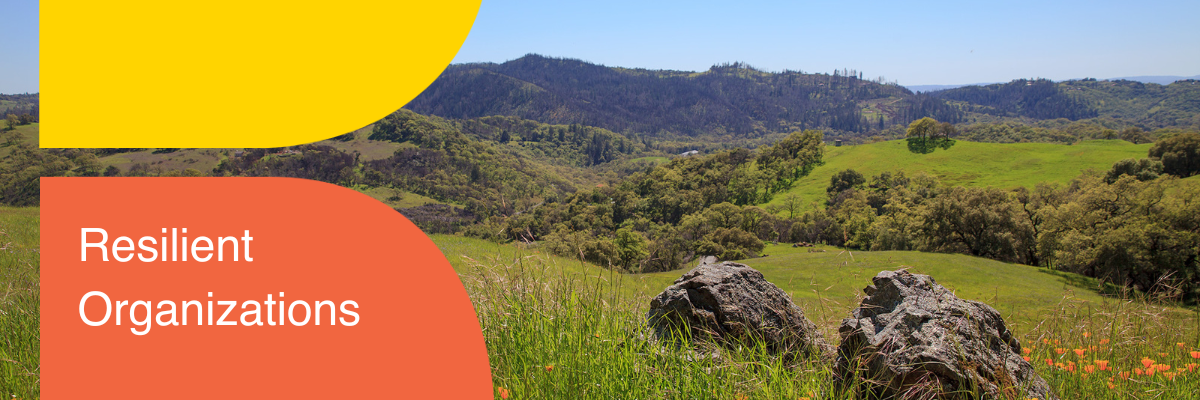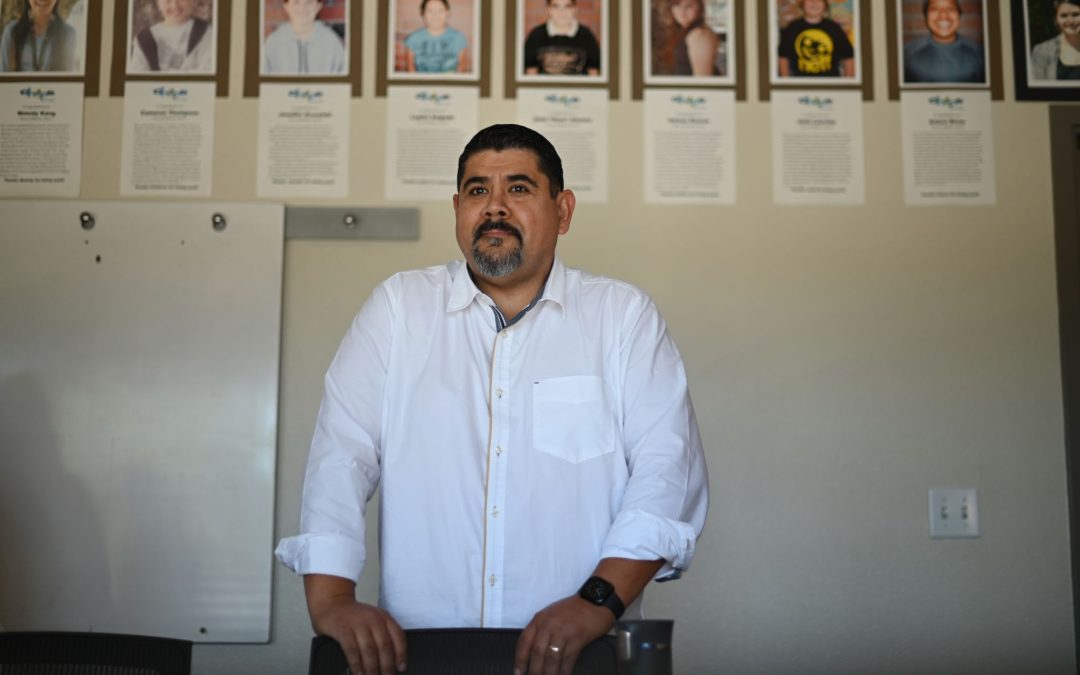Redwood Empire Food Bank (REFB) is no stranger to supporting communities through disasters. In recent years, they’ve responded to their fair share: Sonoma and Mendocino Complex Fires, Russian River floods of 2019, the Kincade Fire, and more. Now they have a new crisis to address: coronavirus.
To ensure they can feed the rising number of people facing food insecurity during the COVID-19 pandemic, Community Foundation Sonoma County donors have made more than $500,000 in grants to Redwood Empire Food Bank since March. Dollars that have been badly needed as the Food Bank faces an unprecedented spike in need for food.
“The support from the community foundation gives us the confidence to run towards the front line and provide essential services to people, which in our case is food,” says REFB Hunger Relief Worker and CEO David Goodman. “We don’t have to equivocate. We don’t have to meter out or ration food. Instead, we can be generous.”
In March, staff at the Santa Rosa based nonprofit, which serves 175 community organization partners throughout Sonoma, Lake, Mendocino, Humboldt, and Del Norte Counties, geared up to address the challenges they were faced with while still getting food out into the communities they serve. One challenge was acquiring food while dealing with a disruption of the food supply chain.
“We’ve had to pursue other means to get food and take advantage of other opportunities that exist, which is very much the business of food banking,” says Goodman. “We had to buy a tremendous amount of food.”
The organization has seen a 300% increase in need for food assistance programs, providing more than 8.6 million meals to families in 126,000 households since March. Although they typically rely primarily on donations and some purchases to accumulate food for distribution, the supply chain glitches along with the sudden spike in need led to REFB spending about $1.5 million on food in April alone; the amount they usually spend in an entire year.
REFB has 71 full time employees and relies on roughly 8,500 volunteers to keep operations running smoothly. With social distancing guidelines set in place last March, they lost the bulk of their volunteers. To adapt—and to keep everyone but employees off site—volunteers began working at space donated to the food bank from Sonoma Country Day School. The school has served as an outpost and provided REFB access to large lots where several 100′ by 50′ tents are set up for food bank volunteers. Volunteers include members of Team Rubicon, a group of veterans and first responders who support communities during disasters. Members of the National Guard, which were deployed to Sonoma County in April, are also helping with food distribution.
Goodman Says that volunteers are crucial to what they do, but that there are other needs to be met at the food bank, as well.
“We need volunteerism, because we can’t do it without volunteers. We need food, because it’s built into the very name of who we are as a food bank,” he says. “Then we need financial resources, because without the financial resources, we can’t transport, refrigerate, pay the staff, do everything that it takes to run an organization that’s distributing millions of dollars worth of food.”
One of REFB’s twelve programs that is especially busy during the pandemic, is Station 3990, a program activated in times of disaster.
“It’s really more of an activity than it is a thing,” says Goodman. “In addition to all of our hundreds of distributions that take place regularly, we will establish new distribution centers strategically located to serve the appropriate population that’s being impacted.”
Goodman says that If there’s not an adequate distribution site in a particular region, or if there is a surge in the number of people or because the established distribution sites can’t take the influx of additional people, REFB then creates an outpost site through their Station 3990 program. He points to Sonoma Valley as an example.
“We have multiple locations where we regularly serve people,” he says. “But we opened up an outpost at the Hanna Boys Center because it could handle a high density of traffic.”
Before the Coronavirus crisis, Redwood Empire Food Bank served one in six people in Sonoma County, and on a regular basis, they served about 82,000 people throughout the year. Goodman says that roughly 70% of the food at REFB is distributed through their direct service programs and another 30% through nonprofit and faith-based partners.
One of their direct programs is the on-site Food Connections Market. SNAP (formerly foodstamps) and WIC participants—and anyone participating in Medi-Cal or any Redwood Empire Food Bank food distribution program—can also shop at the Food Connections Market, which provides low-cost groceries. The market also provides referrals to other programs.
“Food Connections is a place where people can also come and pick up an emergency food box,” says Goodman. “It’s sort of like this nexus, this place where people can get all sorts of services as well as shop for food.”
Looking toward the uncertainty of the coming months, Goodman and the other Hunger Relief Workers at the food bank in no way think that the need is over, or is declining. He says that COVID-19 is just getting started, relative to the work that REFB does.
“When the unemployment benefits run out and the $600 [weekly unemployment benefits] run out and the stimulus is spent, there are going to be millions of people across our country who are going to find themselves on an edge that they never knew existed,” says Goodman. “We here are fully waiting for that wave to come.”
Goodman says he feels prepared for that wave and is confident they will meet the challenge successfully. In part, because of support from Community Foundation Sonoma County.
“I think that it is really important, that we don’t sit around right now wringing our hands, thinking, “I wonder if we will have enough food to help people.” Instead, we know we are backed by generous support, and that gives us that confidence to strategically plan on where we want to be and how we want to be there,” he says. “The tenets in which we operate is that we want to provide as much food, as much variety, the best quality, to as many people that need help, to as many locations that are necessary, all the while remaining efficient and effective. That’s our mode, and the generous support that we receive allows us to do all of that.”
Story by Dani Burlison, photos courtesy of Redwood Empire Food Bank.

